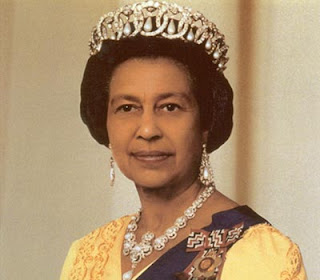What are the advantages of a multiple column grid?
Some of the advantages of a multiple column grid include the better ability to establish hierarchy through the inclusion of multiple elements such as text, images and quotes.
How many characters is optimal for a line length? words per line?
The ideal number of characters per line would be about 50-60 or 9-12 words.
Why is the baseline grid used in design?
You use a baseline grid to create a rhythm through type size and leading.
What are reasons to set type justified? ragged (unjustified)?
Why someone would set type justified is to create a clean edge around the text box and better use the space of the page. Ragged text is more organic and natural and doesn't leave awkward gaps within the text when you justify
What is a typographic river?
Thats when there are gaps that line us and flow down the text.
What does clothesline, hang-line or flow line mean?
This is for captions or headers and creates a consistent space throughout the spreads
What is type color/texture mean?
Type color shows contrast within a spread out body of text. Texture is made through different typefaces.
How does x-height effect type color?
The larger the x height, the more the colors stand out and appear bolder. The smaller the x height, the lighter the colors will appear.
What are some ways to indicate a new paragraph. Are there any rules?
A new paragraph can be indicated by indents, outdents and space. One rule is to not start a new paragraph and indent it.

















